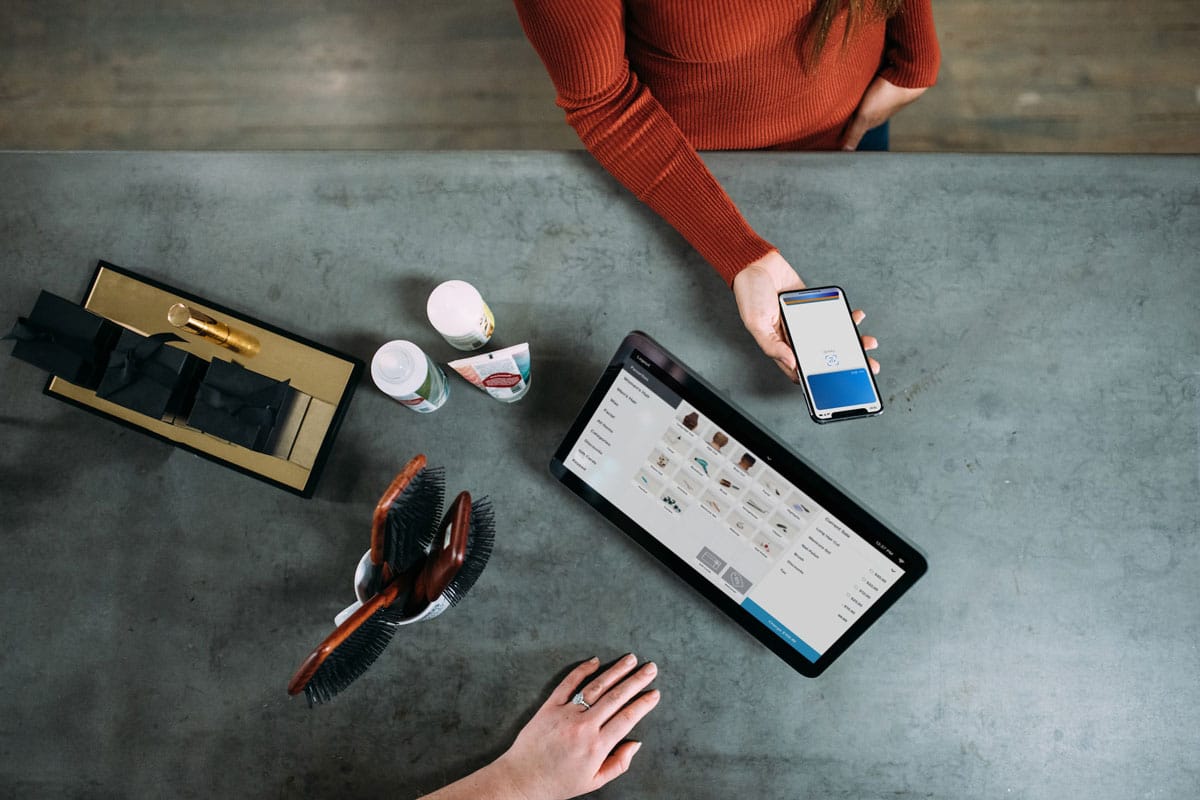
In 2012, most people thought that physical retail was dead. In 2016, an Atlantic article talked about the retail apocalypse and emphasized the tragedy of store closings. Today, everyone is talking about the metaverse and our transition into the digital world.
But is digitalization really going to take over our brick-and-mortar stores?
Experts in the retail space say now, more than ever, retail is undergoing a renaissance and a dramatic transformation. Although we’ve already seen some significant digital shifts, in-person experiences are making a comeback — especially with the integration of technology.
There are three pillars for driving digital success within the physical space. The first is customer-driven innovation. You shouldn’t innovate simply for the sake of it, but brands should always look for the unmet human need and cater their developments with the customer in mind.
The second pillar is ensuring your digital strategy is people-centered. In the areas of physical retail, hospitality, restaurants, and travel, people are generally at the center of a transaction. So, you must harmonize technology with the human element. Additionally, Holden Bale explains that “employee adoption is mission critical to the success in any case for technology and physical spaces, regardless of what the technology is.”
The final pillar is crucial: don’t take a one-size-fits-all approach. Retail is contextual — you won't get by with smart shopping carts or pickup lockers in every case. Integrating technology into the customer experience requires varying strategies and technologies within your brand, but testing and learning what works for your brand, your customers, and your employees will help you reach success in both the digital and physical retail spaces.
Your brand should exist in more than just the physical space. Finding a balance between the physical and digital world will get you results, and many brands achieve that balance with great success.
Online shopping is dominant for stores selling clothing, accessories, shoes, and various other products. Although Vans has major success through online retail, they’re still working to drive foot traffic into stores and create an enjoyable experience for its customers. “We have stores with skateboarding displays,” Sid Arigapudi explains, “where you can come in, and you can build a skateboard and have that conversation and shop that new collaboration that's come in with a new musician, or skateboarding champion, or sponsor. So, we want to drive those experiences. And we've seen our customers react to that in a positive way.”
Although Domino’s sells a very different type of product, they reflect a similar sentiment. The brand got its start focused on its store presence without concentrating much on technology. But in the early 2000s, when they began using a new recipe, Domino’s followed up with in-store transformations. They updated their physical stores, created pizza theaters where customers could see pizza being made, and began investing in technology. Thus, the pizza order tracker was created. Jason McMann explains, “We also look at how we can use technology to improve that store experience. Sometimes, I think that's the best use of technology. How can we use technology to improve a team member in the store’s day-to-day job, so they can focus on making that pizza [and] focus on talking to the customers as they walk into the store? So it's gotten to the point where now carryout is actually a very large portion of our business. And people still think about Domino's as a delivery company, but actually, [we’re] the top carryout pizza company in the state…I think technology is a key part of that.”
The future of retail isn’t just about technology. Nicole France says, “It’s about how technology facilitates the kinds of relationships and interactions that [people] want to have.”
Robots, drone deliveries, and pie-in-the-sky technologies get a lot of attention, but it’s the smaller-scope technology goals that will help a brand advance and build new experiences. When your technologies empower employees on the frontlines, help develop the customer experience, and improve your business’ services, that’s how your brand will thrive through the integration of technology and the in-person experience.